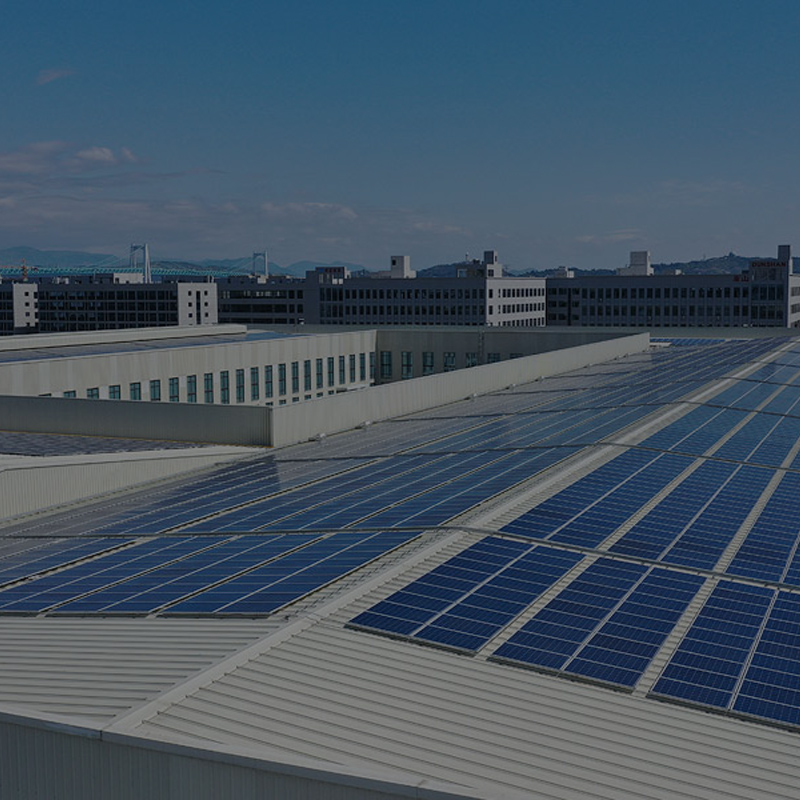2025-07-07
Energy storage investments are no longer judged only by upfront costs. For commercial and industrial users, the long-term value of a system increasingly hinges on energy efficiency and lifecycle economics. The Liquid Cooled Energy Storage Cabinet has gained traction precisely because it addresses both of these concerns through its integrated thermal management capabilities. By stabilizing battery temperature across all operating conditions, it not only increases energy throughput efficiency but also minimizes wear that would otherwise shorten service life.
Efficient temperature control plays a direct role in energy conversion losses. A liquid cooling system significantly reduces the energy required for thermal regulation compared to air-cooled alternatives, especially during peak operating periods. Liquid cooling absorbs and transfers heat more effectively, keeping internal components within optimal temperature ranges with far less energy expenditure. This efficiency benefit accumulates rapidly across long-term daily cycling, helping users reach better LCOS (Levelized Cost of Storage) figures over the project lifespan.
In practical application, consistent cell temperatures achieved by liquid cooling minimize stress caused by thermal gradients. Uneven temperatures in air-cooled systems can cause localized degradation and imbalance, triggering early capacity fade and higher maintenance costs. A Liquid Cooled Energy Storage Cabinet ensures that every cell performs within ideal parameters, thus extending battery life and delaying replacement cycles. From an economic standpoint, this directly contributes to a lower total cost of ownership, which is crucial for clients managing large fleets of distributed storage units.
The impact on lifecycle cost becomes even more noticeable in high-demand applications like peak shaving and grid load support. These scenarios often require high-rate charging and discharging, generating substantial heat. Liquid-cooled systems can maintain precise control under these dynamic loads without throttling performance or risking overheating. This means the energy storage system can be used more aggressively without compromising safety or efficiency—an attractive proposition for users looking to maximize revenue from time-of-use tariffs or demand charges.
Another important factor influencing lifecycle cost is maintenance. Air cooling setups often struggle with dust, humidity, and environmental debris, leading to more frequent service interruptions and higher operating expenses. The sealed architecture of a Liquid Cooled Energy Storage Cabinet not only limits exposure to external elements but also reduces wear on fans and filters. Combined with predictive diagnostics enabled by smart thermal monitoring, users can shift toward condition-based maintenance strategies instead of costly routine checks.

In large-scale deployment scenarios, the scalability of liquid cooling delivers additional cost advantages. Modular cabinet designs allow thermal systems to scale proportionally with battery capacity, avoiding the oversizing or inefficiencies that often come with air-based cooling infrastructure. This modularity helps optimize both capital allocation and operating efficiency across multi-site energy storage projects, supporting long-term business flexibility and financial planning.
Environmental performance also contributes to overall project economics. Liquid cooling allows energy storage cabinets to function reliably in extreme climates without requiring auxiliary HVAC systems. This is particularly valuable in remote or off-grid installations where power for thermal management is limited. Efficient heat management reduces parasitic load, improving net energy delivery and helping meet performance guarantees under varying site conditions.
For buyers evaluating long-term energy storage investments, a Liquid Cooled Energy Storage Cabinet offers a smart balance of efficiency, durability, and operational savings. It’s more than just an energy container—it’s a carefully engineered system that lowers lifecycle costs while boosting system performance. As a manufacturer committed to delivering high-value solutions, we see liquid cooling not as an upgrade, but as a necessary standard for forward-looking energy strategies.